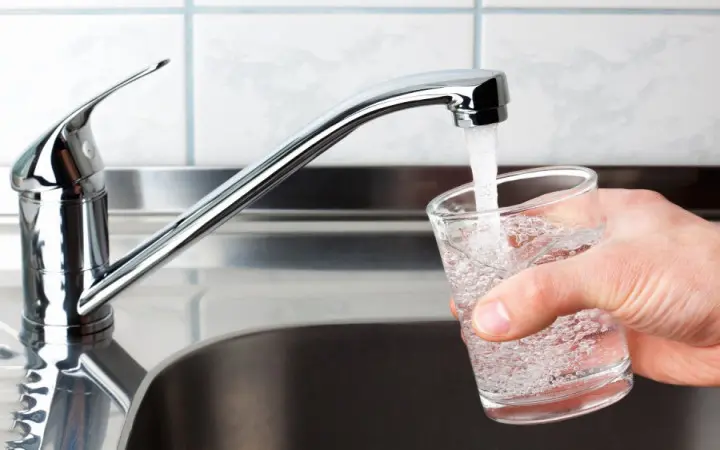Lead contamination in plumbing systems is an issue of growing concern for homeowners and health advocates across the United States. Despite significant strides in reducing lead exposure, many homes still face the risk of lead leaching into their water supply from aging pipes and fixtures. In this blog post, we will explore the risks associated with lead contamination, discuss the current state of American plumbing systems, and offer practical solutions to mitigate these risks.
Understanding the Risks of Lead Contamination
Lead is a toxic metal that can cause severe health problems, particularly in young children and pregnant women. Even at low levels, lead exposure can lead to developmental issues, cognitive impairment, and behavioral problems in children. For adults, prolonged exposure can result in hypertension, kidney damage, and reproductive issues. The primary source of lead in drinking water is often the corrosion of lead pipes, fixtures, and solder, which can occur when water has high acidity or low mineral content.
The State of American Plumbing Systems
Many American homes, especially those built before the 1980s, still have lead pipes or fixtures. While the use of lead in plumbing materials has been significantly reduced, the legacy of older plumbing systems remains a critical issue. In Birmingham, AL, for example, numerous homes still rely on outdated plumbing infrastructures that can pose significant health risks to residents. Recent efforts by local governments and organizations have aimed to replace these aging systems, but the process is slow and costly.
Stephens Plumbing: Leading the Charge in Birmingham, AL
Stephens Plumbing, a renowned plumbing service in Birmingham, AL, has been at the forefront of addressing lead contamination in local plumbing systems. Our team of experienced professionals is dedicated to ensuring the safety and quality of the water supply for homeowners. Through comprehensive inspections, advanced water testing, and the implementation of modern plumbing solutions, Stephens Plumbing is making significant strides in mitigating the risks of lead exposure.
Practical Solutions for Homeowners
1. Schedule a Professional Water Quality Test
The first step in addressing lead contamination is to understand the extent of the problem. Stephens Plumbing offers professional water quality testing services that can detect the presence of lead and other contaminants in your water supply. By identifying the source and level of contamination, you can take informed steps to protect your family’s health.
2. Replace Lead Pipes and Fixtures
If your home has lead pipes or fixtures, consider replacing them with safer alternatives. Stephens Plumbing can assist with the installation of lead-free pipes, fittings, and fixtures, ensuring your plumbing system meets modern safety standards.
3. Install Water Filtration Systems
For additional protection, consider installing a water filtration system designed to remove lead and other contaminants. There are various types of filters available, including point-of-use filters for faucets and whole-house filtration systems. Stephens Plumbing can recommend and install the best system for your needs.
4. Regular Maintenance and Monitoring
Regular maintenance of your plumbing system is crucial to prevent lead contamination. Schedule routine inspections and water quality tests with Stephens Plumbing to ensure your system remains safe and efficient.
Take Action Today
Lead contamination in plumbing systems is a serious issue that requires immediate attention. By understanding the risks and taking proactive measures, you can protect your family’s health and contribute to a safer community. If you’re concerned about lead in your water supply, don’t wait—schedule a professional water quality test with Stephens Plumbing today. Their expert team will provide you with the information and solutions needed to ensure your home’s water is safe and clean.
Together, we can address lead contamination and build a healthier future for all.




